Shelf life of tomato seeds

It is difficult to imagine a person who would not like tomatoes. It is for this reason that many summer residents grow these tasty and healthy vegetables on their site. The path to harvest is quite long. It is impossible to get it without quality seed material.
About the shelf life for tomatoes, how long the seeds retain their characteristics, the nuances of storage and other factors will be discussed today.
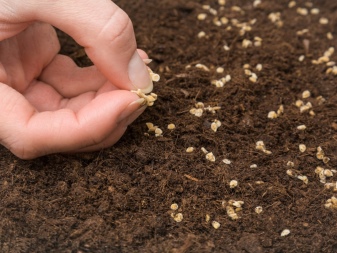
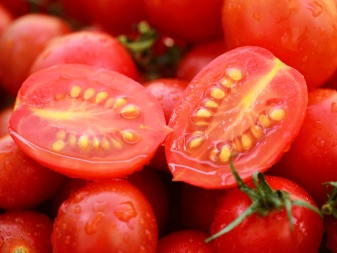
How many years do tomato seeds retain their germination capacity?
Tomatoes are considered a useful and valuable product.... Given these qualities, most gardeners plant this crop annually on their plots. For sowing, seeds are used that are stored in suitable conditions. When purchasing seeds, you need to find out how suitable they are for planting. According to the requirements of the Ministry of Agriculture and Food of 1999, the seed packaging must indicate the expiration date. Many factors affect the safety of seeds, the container itself, in which they were located, also plays an important role.
They can be stored in paper envelopes for one year. When the seeds are placed in foil bags or in double bags that do not allow moisture to pass through, this period is increased to two years. Seed germination according to GOST should not be less than 95%. When purchasing store products sealed in plastic bags, it is advisable to pour them into breathable paper envelopes. On average, the seeds of this culture will not lose germination for about 5 years or more. When stored for more than 7 years, their quality is significantly reduced. To check their quality, it is not necessary to be guided by the date indicated on the pack. In this case, it is recommended to do a test and check how viable the seeds are.
To check their germination, you need:
- take a flat container;
- use thin material folded several times;
- moisten it, and pour the seeds between layers;
- put a plastic bag on the container;
- leave the container in a warm place, while you need to monitor the temperature regime (the optimal temperature is +25 degrees).
Inspect the container to check if the paper is dry. Moisten it if necessary. After 4 or 5 days, shoots should appear. It is important to make sure that the number is greater than 30%. If there are very few sprouts (less than 30%), this seed is no longer suitable for use. Having done a similar test, it is better to sign the bags, indicating the percentage of shoots. When planting seeds in the soil, you need to consider how well they have sprouted. With a small percentage, it is necessary to increase the amount of material for sowing.
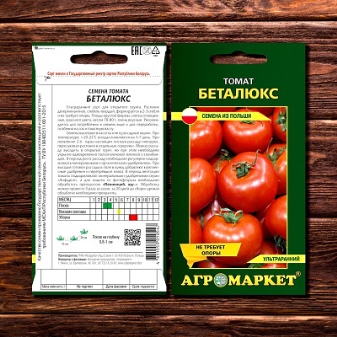
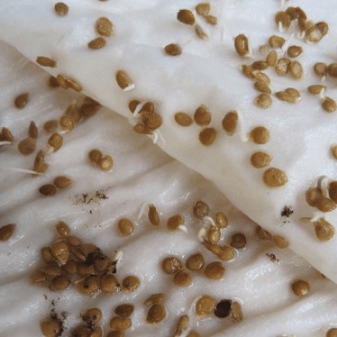
Storage nuances
Many summer residents prefer to use seeds harvested by themselves. This will save them from unreasonable spending, besides, the bushes grown from the collected material will be more adapted to the place of growth and to the climatic zone. When collecting, it should be borne in mind that it is not recommended to collect seeds from hybrid varieties, since it is not clear what can grow from them. Tomatoes are classified as self-pollinating crops, so it is better to use seeds from varietal species. When collecting quality material, it is worth stopping at large, ripe, firm and fleshy fruits. Tomatoes that ripen first are more suitable for harvesting.
Slightly immature fruits with a characteristic color for the variety are removed from the bush. Overripe tomatoes are not used for harvesting material.In greenhouses, vegetables are removed from the 2nd brush, in the beds - from the 1st brush. The collection of planting material is carried out from healthy bushes. It is recommended to leave brown fruits for ripening. Then the ripe fruits must be cut across and the seeds squeezed out of them into a prepared container with water for several days. After that, they are washed and dried.
The storage of the material must be carried out in compliance with the standards. In dry, unventilated rooms, the seeds will begin to dry out, in a damp place they will germinate. All these factors are undesirable and sometimes destructive.

The content of seeds before planting will depend on compliance with the storage conditions, which directly affects germination and development.
- Seed stock should be stored in closed glass jars. It is important to protect them from exposure to sunlight and light. You also need to remove material from heat sources in the form of batteries, stoves, fireplaces.
- More suitable for storage dry, dark place.
- At home, the collected seeds for planting are kept in paper envelopes.... It is recommended to sign them immediately, indicating the collection date and the name of the variety.
- Seeds will be best preserved in compliance with the temperature regime from 6 to 12 degrees Celsius, with a relative humidity of 55%.
It is believed that tomato seeds can be left for storage in the refrigerator, on its bottom. A cool, dry veranda can also be a good place to do this. Having chosen one of the indicated options, it should be remembered that the seed fund requires careful handling, and with sudden temperature changes or with high humidity, it can simply deteriorate.
In winter, you should look at the material, if necessary, remove rotten seeds, and use the remaining ones for planting.
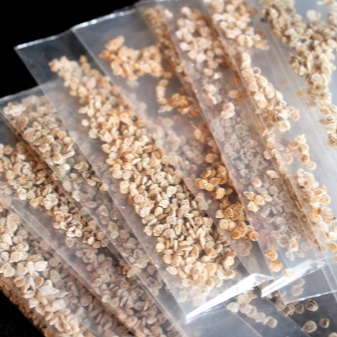
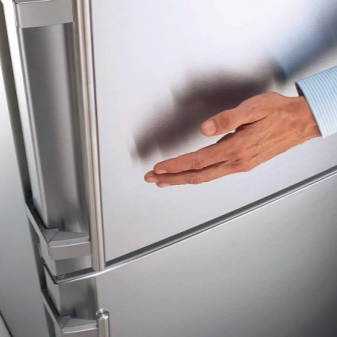
Can expired material be planted?
Sometimes many summer residents find already old seeds with a long expired shelf life, not knowing whether to use them. According to experts, the preservation of the seed fund is more influenced by its correct storage. If you maintain the temperature that is optimal for tomatoes, keep the seeds in a suitable container, revise the seed fund, then you can get about 60% germination in 5-6 years. Even tomato seeds that were already more than 10 years old were recommended to sow.... True, such seedlings may germinate a little later, but this does not affect the condition of the fruits and the quality of the harvest.
When the deadline has expired, it is recommended to make a mass planting, this will determine the quality. In the event that this figure is not lower than 50%, you can use the material. Seeds from trusted producers can germinate 80% or more. According to experienced agronomists, it is not worth throwing away expired goods. You can try to increase their rate when sowing or use growth stimulants. For these purposes, ash or aloe juice, succinic acid are suitable. Soaking will help increase the germination of tomatoes. You can use hydrogen peroxide for this. To prepare it, take:
- peroxide (3%) - 10 ml;
- water - 90 ml.
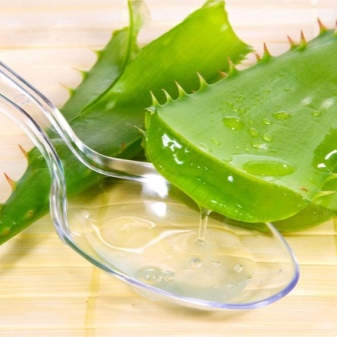
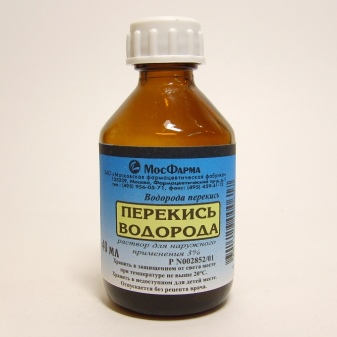
Soaking is carried out immediately before planting the seeds by dipping them in a 3% solution of hydrogen peroxide for 2-3 days until the sprout appears... It is necessary that the liquid only slightly covers the grains. After that, they are planted, including seedlings. In this case, peroxide will accelerate germination and stimulate growth. The older the planting material, the longer it will take to soak.
To "revive" the seeds will also allow their preliminary soaking in stimulants for growth. These can be drugs "Zircon", "Ecopin", "Epin". To do this, they are immersed in ordinary water for several hours, then poured with a solution prepared from the described preparations. For a stimulant, you need to take 100 ml of water and add 1 ml of the selected product to it. The seeds are placed in the product for 6-8 hours.Seeds are planted in the soil dry if the air temperature has not warmed up above 10 degrees.
Warming up to 15 degrees makes it possible to plant soaked seeds in the soil.
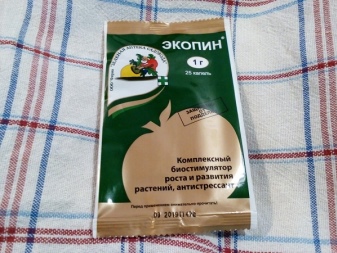
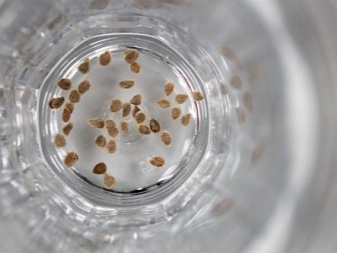













The comment was sent successfully.